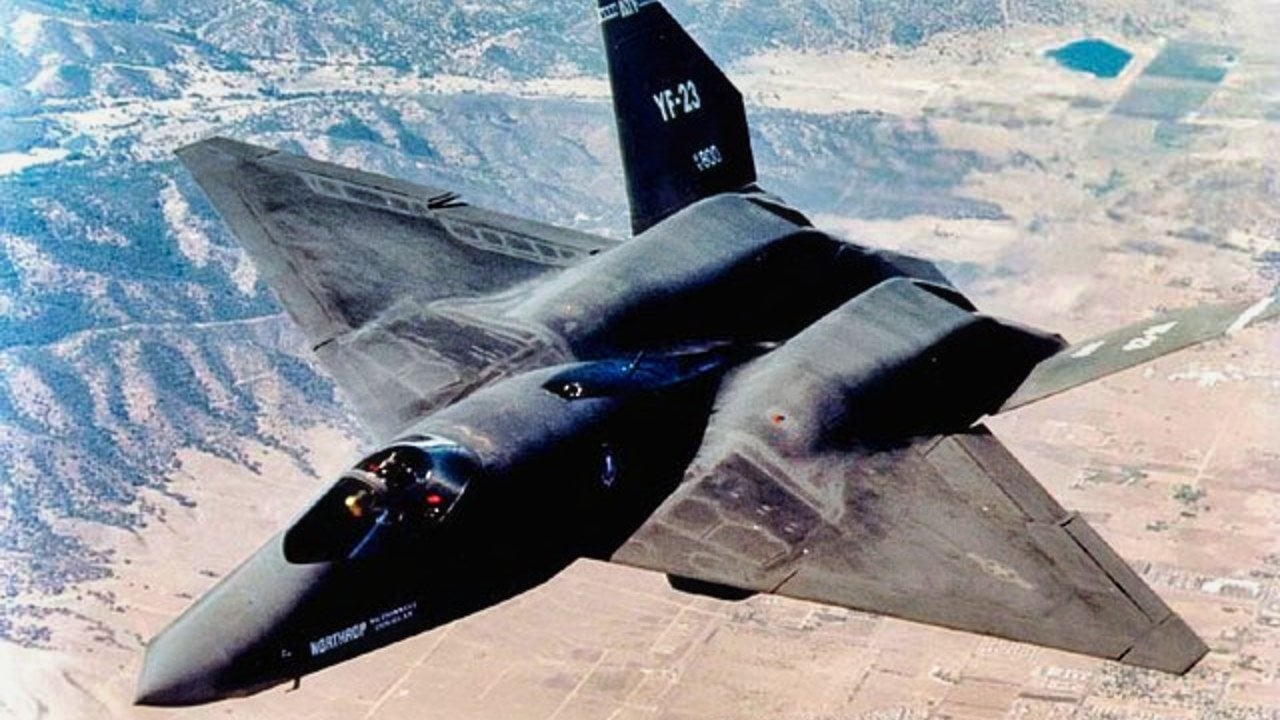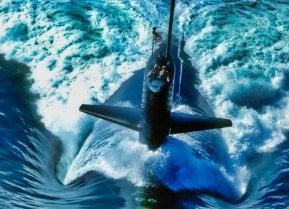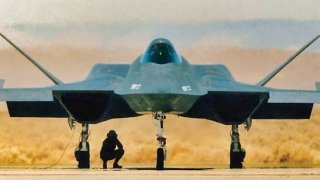YF-23 vs. F-22 Raptor: The Untold Story of the Stealth Fighter Showdown
The YF-23 showcased better range, higher ceiling, and superior stealth features. However, during flight demonstrations, the YF-22 excelled by performing more aggressive maneuvers and missile launches. Impressed by its performance and Lockheed's track record, the Air Force selected the F-22. Ironically, the F-22 later faced delays and budget overruns, challenges the YF-23 might have avoided.
What You Need to Know: In the 1980s, the U.S. Air Force launched the Advanced Tactical Fighter program to develop a next-generation stealth aircraft superior to the F-15 and F-16, aiming to counter Soviet fighters like the Su-27 and MiG-29.

-Two teams competed: Northrop Grumman with the YF-23 and Lockheed Martin with the YF-22, which would become the F-22 Raptor.
-The YF-23 showcased better range, higher ceiling, and superior stealth features. However, during flight demonstrations, the YF-22 excelled by performing more aggressive maneuvers and missile launches. Impressed by its performance and Lockheed's track record, the Air Force selected the F-22. Ironically, the F-22 later faced delays and budget overruns, challenges the YF-23 might have avoided.
F-22 Raptor's Fierce Competition: Why the YF-23 Lost the Race
The Lockheed Martin F-22 Raptor, one of the best fighter jets of all time, once had some stiff competition. The YF-23 was a stealth fighter demonstrator that gave the F-22 a run for its money when both were tested for service in the U.S. Air Force and went head to head for a massive contract.
The F-22 eventually won, but it is illustrative to examine how this competition paved the way for the advent of the F-22 Raptor.
Let’s take a look at the YF-23 and see why some thought it was the superior fighter. Perhaps it could have beat the F-22 and have come in on time and under budget.
A Tough Competition Between Two Heavyweight Teams
It was the 1980s and the U.S. Air Force was looking for an airplane that was stealthy and performed better than the F-15 and F-16.
The Air Force was worried about 4th generation Soviet fighters such as the Su-27 and MiG-29.
The branch wanted a supercruise capability that allowed for top speed without the use of afterburners. This would reduce heat signature with less fuel and create higher levels of radar evasion.
The Air Force put out a bid for the $72 billion program and two competing platforms came forward in 1986. Northrop Grumman paired up with McDonnell Douglas while Lockheed Martin, Boeing, and General Dynamics formed the competing team.

Northrop-McDonnell Douglas then came up with the YF-23A while Lockheed-Boeing-General Dynamics devised the YF-22A, or what would be the F-22 Raptor. The Lockheed team had an idea to test two different engines, so they built two different prototypes. One was a Pratt and Whitney model, called the Black Widow II, while the other was from General Electric and became known as the Grey Ghost. Both used turbofan engines.
YF-23 Demonstrator Performed Better
The YF-22 was a little faster at around 1,600 miles per hour, while the YF-23 prototypes had a 2,796 miles maximum range and a ceiling of 65,000 feet, plus better stealth characteristics. The YF-22 had a lower range and lower ceiling. So initially, the YF-23 looked like a winner. But the in-flight demonstration was where the YF-22 shined. The YF-22 launched missiles and put the Lockheed model through tests that placed 9Gs on the airframe. For some reason, the YF-23 did not go through the same maneuvers. Some said the YF-23 even was a better-looking airplane.
It was like two football wide receivers had the same size and 40-yard dash speed, yet one competitor actually ran routes and caught touchdown passes during the practice. So, the Air Force went for the better in-flight demonstration and chose the YF-22. It seemed that much of the YF-22 success in the competition was due to “showmanship.”
Ironically, Lockheed Martin and F-22 were chosen in part because the Air Force thought it had a better track record in managing a major aircraft acquisition program. But Congress, reacting to a Government Accountability Office 2001 report, found that the F-22 was not on an adequate testing schedule and was delayed and over-budget. Go figure.
About the Author
Brent M. Eastwood, PhD, is the author of Humans, Machines, and Data: Future Trends in Warfare. He is an Emerging Threats expert and former U.S. Army Infantry officer.


